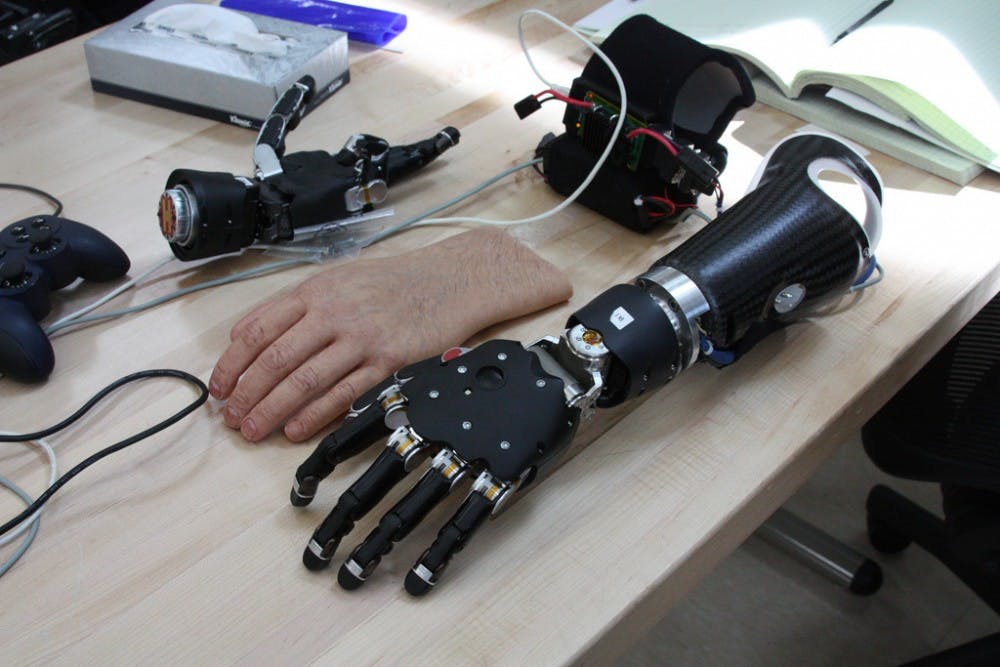Paralysis is a debilitating condition, but one that affects nearly two percent of the population in the U.S. — approximately 5.4 million people. Many paralyzed patients suffer from quadriplegia, a condition signified by partial or complete lack of motor function in all four limbs. Often the result of a traumatic injury, paralysis is caused by an inability of the spinal cord to pass signals from the brain to the peripheral nervous system.
In a study conducted by researchers from Brown University, Massachusetts General Hospital and Stanford University, three quadriplegic patients agreed to take part in a clinical trial attempting to restore their ability to communicate digitally. These participants were implanted with a “baby aspirin-sized” device in the motor cortex that can detect signals of intended movement and translate these signals to keyboard and mouse input. This new technology, called BrainGate, is compatible with tablets out of the box.
The president of the initiative’s former parent company, Tim Surgenor, introduced the idea of BrainGate in 2003.
“The goal of this development program is to allow individuals to one day use their own arms and hands again. Limb movement developments are currently at the research stage,” the BrainGate website reads.
Then, the program was far from reaching that goal, with only preliminary studies having been conducted.
BrainGate researchers have, in the past, worked on prosthetic devices capable of accepting neural signals.
To perform this complex task, the BrainGate system is comprised of two devices: the first is a multi-electrode array with 100 electrodes capable of monitoring electrical activity in a given area of the brain (in this case, the motor cortex) and a translation mechanism that converts brain waves to electrical signals; the second is a decoder that uses those signals as input and allows control of external devices. Patients, after the initial surgery, practice moving a virtual arm in order to train the interpretation device in understanding which brain signals correspond to which movements.
Brown Associate Professor Dr. Leigh Hochberg spoke to Scientific American about the past prosthetic devices and how they could interpret what the user wanted to do. “The signals may have been disconnected from the (participant’s) limb, but they were still there,” Hochberg said.
While these devices would have once required physical wiring to a tablet, the new technology allows for fully wireless control, yet another groundbreaking step forward for this potentially-life-changing technology.
With the aid of the BrainGate system, the study participants were able to listen to streaming music, watch YouTube videos and write emails, typing up to 30 characters per minute. And it doesn’t appear as though this brain-computer interaction is frustrating or taxing.
One study participant remarked in an evaluation that he found it especially easy to use. “It felt more natural than the times I remember using a mouse,” he said according to a Brown article.
This study represented one of the first times that some of these patients found themselves able to communicate digitally, or as one patient did, play music on a digital keyboard.
And for patients with so-called “locked-in syndrome” who have lost the ability to speak, this new technology presents the incredibly meaningful possibility of regaining the ability to communicate with the outside world.





